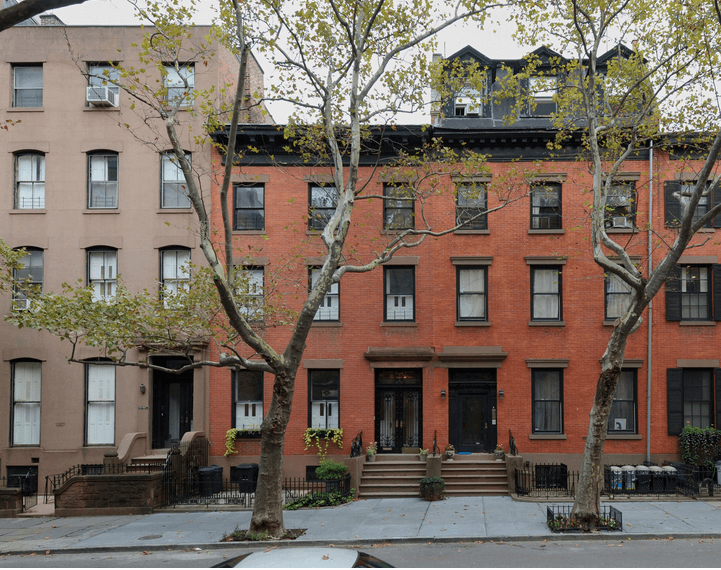Downtown Brooklyn’s Real Estate Boom Is a Huge Problem for Local Public Schools

It’s no big secret that New York City’s public school system—the largest in the world, comprising over one million students—has its problems: It’s the most segregated public school system in the country, there’s mind-boggling inequality among different schools based on the wealth and fund-raising capabilities of the respective PTAs, and city schools are poorer and more crowded than ever before. All of these systemic issues are increasingly troubling on their own, but there’s yet another, relatively more recent problem that’s threatening the already problem-filled school system: the Brooklyn real estate boom.
In recent years, the building boom in Downtown Brooklyn, DUMBO, and parts of Brooklyn Heights has brought thousands of extra housing units to an area that has an existing infrastructure designed to support far fewer residents—particularly when many of those residents are children. While many Brooklyn neighborhoods that are particularly popular with families, like Park Slope and Windsor Terrace, have recently had to undergo dramatic rezonings in order to deal with overcrowded elementary schools, those areas hadn’t experienced the same type of housing boom that Downtown Brooklyn and surrounding environs had. In other words, while rapid, the population growth in District 15 schools (where Park Slope and Windsor Terrace are located) was more organic and though the solutions to overcrowding have not been popular with everyone (many parents who moved into homes precisely because of the related school zone have been vocal opponents to redistricting), solutions have been made. But the problems now facing parts of District 13, specifically the very popular K-8 public school PS 8, are starting to look like they have no good solution.
DNAinfo reports today that the DOE has announced plans to cut one of the Kindergarten classes in PS 8 in Brooklyn Heights due to space issues, a decision which will “result in a waiting list at the overcrowded school for the first time in its history,” and cut the amount of seats for kindergarteners down to 150; 207 children applied for a spot. And while the school has worked to deal with overcrowding before by taking such measures as eliminating Pre-K classes (a decision that Windsor Terrace’s very popular PS 154 was also forced to make two years ago), building an annex, and cutting the rooms for elective programs like dance and drama, there seem to be no more corners to cut anymore—there are just too many kids. And that’s a problem that’s only just beginning.
As DNAinfo makes clear: “The situation becomes more dire each year with a growing amount of residents moving to the neighborhood. It is estimated that about 3,750 new housing units will be developed in the area through 2017.” Some residents have taken action and are asking “all residential construction be halted until the DOE comes up with schooling options.” But for now, prospective students who live even just a few blocks from PS 8 face the reality that they might be sent to public schools miles away from their homes, with little to no guarantee that those schools will be as academically robust as PS 8.
Overcrowding in the city’s most popular schools looks to be an ongoing problem for the foreseeable future, at least until the city manages to construct additional schools in the areas most affected by population booms. However, the larger problem that this is indicative of is not just that the city’s infrastructure needs to rapidly improve in order to keep pace with its building boom (although that’s certainly part of it!), rather, the larger problem is that there just aren’t enough good schools in the system. It’s not a simple case of over-privileged parents fretting over something inconsequential—there’s a substantive difference between different public elementary schools in this city, and it makes sense that families would worry about which one their children attend. The real task that this city has ahead of it, is making it so that there isn’t such a huge disparity between educational experiences. But, of course, that has long been the real challenge here, and there appears to be no clear solution in sight. So, in the meantime, the best schools in this city will continue to attract the types of families and students who are engaged and savvy enough to know how to work an extremely flawed system, with overcrowding seeming to be the biggest problem this city faces, even though the truth is, overcrowding is just the tip of a massively complicated iceberg.
Follow Kristin Iversen on twitter @kmiversen
You might also like 



















